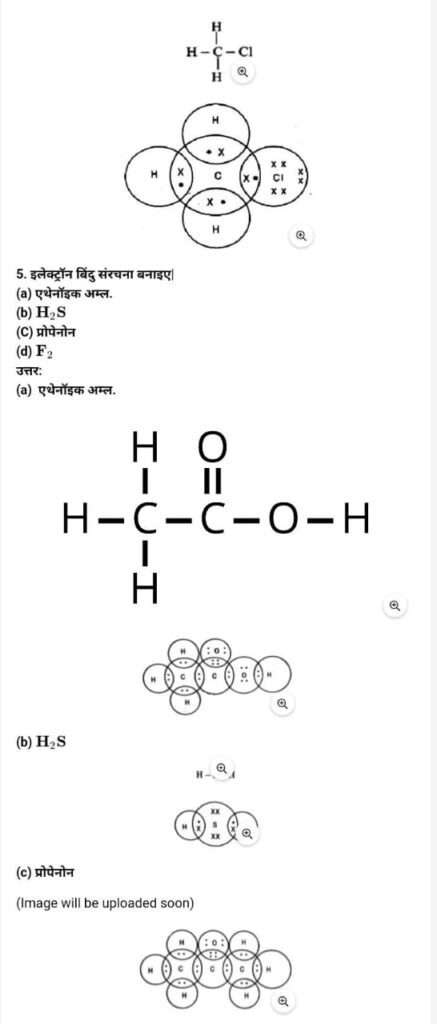Access NCERT Solutions for Class-10 Science Chapter “Carbon and its Compounds,” Question Paper the fourth chapter of Class 10 Science, explores the special qualities of carbon and the important functions of its compounds. This chapter examines several kinds of carbon compounds and gives a thorough grasp of the numerous forms of carbon, including graphite and diamond. Pupils gain knowledge of the structural properties of carbon, the processes involved in the synthesis of compounds, and their real-world applications.
The chapter discusses several carbon compounds and highlights their special qualities and applications, such as alcohols, esters, and hydrocarbons. Students obtain a deeper understanding of chemistry and the vital role carbon compounds play in daily life by studying these topics. Students can easily understand these ideas and reinforce their learning with the aid of NCERT solutions, guaranteeing a comprehensive comprehension.
Access NCERT Solutions for Class-10 Science Chapter 4: कार्बन एवं उसके यौगिक
1. एथेन का आणविक सूत्र- C2H6 है। इसमें-
(a) 6 सहसंयोजक आबंध हैं।
(b) 7 सहसंयोजक आबंध हैं। |
(c) 8 सहसंयोजक आबंध हैं।
(d) 9 सहसंयोजक आबंध हैं।
A उत्तर: (b) 7 “`सहसंयोजक बंधन हैं।
2. ब्यूटेनॉन चर्तु-कार्बन यौगिक है, जिसका प्रकार्यात्मक समूह
(a) कार्बोक्सिलिक अम्ल
(b) ऐल्डिहाइड
(C) कीटोन
(d) ऐल्कोहॉल
उत्तर: (C) कीटोन
3. खाना बनाते समय यदि बर्तन की तली बाहर से काली हो रही है, तो इसका मतलब है कि
(a) भोजन पूरी तरह नहीं पका है।
(b) ईंधन पूरी तरह से नहीं जल रहा है।
(C) ईंधन आई है।
(d) ईंधन पूरी तरह से जल रहा है।
उत्तर: (b) ईधन पूरी तरह से जल रहा है।
4. CH3CI में आबंध निर्माण का उपयोग कर सहसंयोजक आबंध की प्रकृति समझाइए।
उत्तर: CH3CI में तीन एकल बंध कार्बन व हाइड्रोजन परमाणुओं के बीच जुड़े होते हैं और एक एकल बंध कार्बन व क्लोरीन के बीच होता है। इस तरह कार्बन का अस्टक पूर्ण हो जाता है तथाप्रत्येक हाइड्रोजन के बाहरी कक्ष में भी 2 इलेक्ट्रॉन हो जाते हैं तथा Cl का भी अष्टक पूर्ण हो जाता है।अतः इलेक्ट्रॉनों की साझेदारी द्वारा सहसंयोजक आबंध बनता है।







